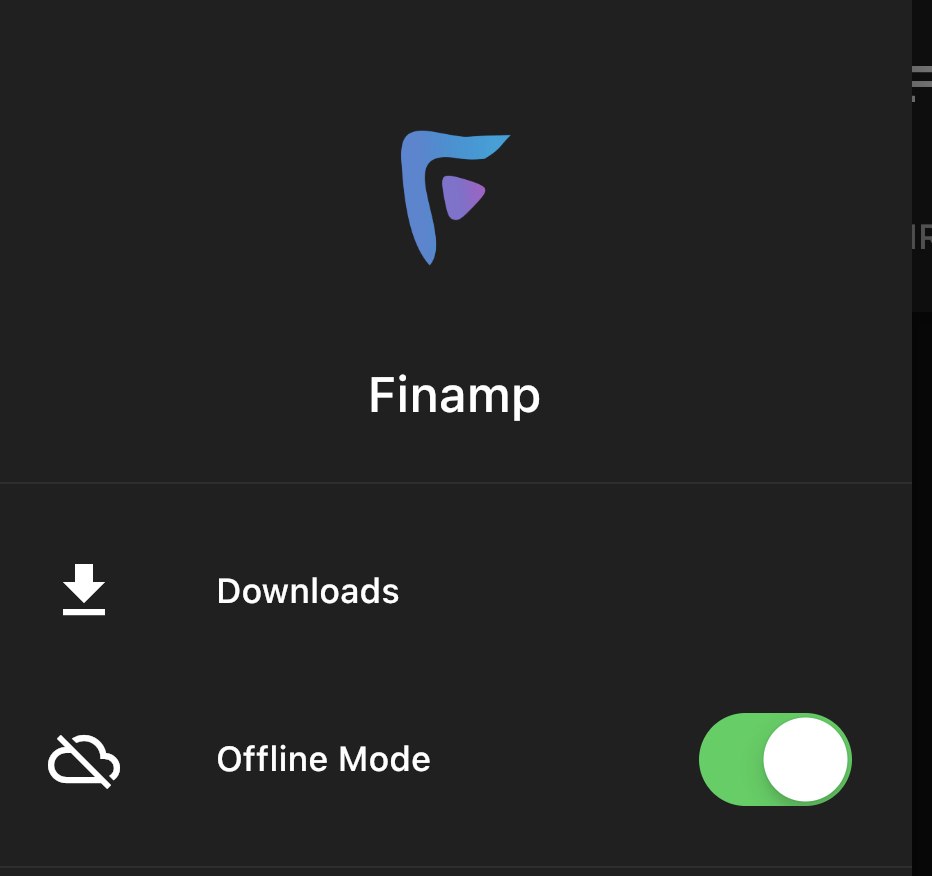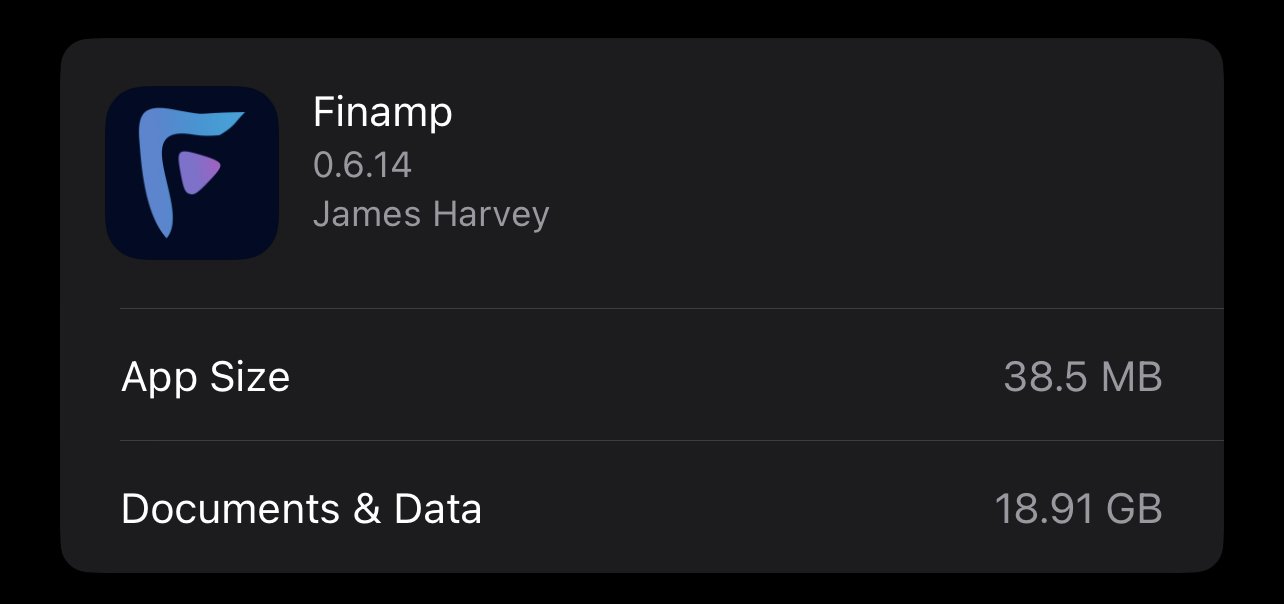Plex, the free streaming app, laid off approximately 20% of its staff, TechCrunch has learned, which will affect all departments, including the Personal Media teams.
“This is by far the hardest decision we’ve had to make at Plex,” CEO Keith Valory said in a statement. “These are all wonderful people, great colleagues, and good friends. But we believe it is the right thing for the long-term health and stability of Plex.”
The streaming app gives users a single destination to upload and organize content (video, audio and photos) from their own server while also allowing them to stream it via mobile app, smart TV or desktop.
In recent years, however, Plex has invested in free, ad-supported streaming (FAST) and live TV offerings. The FAST market has become saturated as many companies have entered the space. Plus, the overall advertising industry has taken a hit, making it harder for companies to earn enough revenue.
Valory noted in his statement that the company was significantly impacted by the slowdown. “While we adjusted our business plan last year after the shift in equity markets to get us back on a path to profitability without having to cut personnel expenses, the downturn in the ad market in Q2 put significantly more pressure on our business and ultimately it became clear that we would need to take additional measures in order to maintain a confident path to profitability within the next 18 months,” he said.
He added that the company is still expected to see 30% growth this year.
According to a Slack message from Valory, obtained by The Verge, which first reported the layoffs, Valory noted that 37 employees would be impacted.
Additionally, it seems that Plex may have had another round of layoffs earlier this year. Five months ago, a former account executive posted on LinkedIn that they were “affected by company layoffs.”
As of January, the company had 175 employees, and its revenue was in the double-digit millions.
Updated 6/29/23 at 12:10 p.m. ET with a statement from CEO.



I’ve never used plex or plexamp but I have used Finamp for listening / offline downloading of my music collection from my Jellyfin server. Is this perhaps what you’re looking for? iOS: https://apps.apple.com/ca/app/finamp/id1574922594 Android: https://play.google.com/store/apps/details?id=com.unicornsonlsd.finamp
Can it do gapless playback?
Gapless? Do you mean downloading media for offline playback? Yes:
Just be prepared for the space requirements of your media library as you may find your phone quickly running out of storage if you have a lot of high res audio:
No, sorry, I mean: can it play sequential tracks with no pause in between them? Like when listening to Dark Side of the Moon, for the classic example.
The first thing Finamp asks me is to input the URL of my server. I use the server both on the LAN when at home and over the internet when out and about. Will Finamp intelligently use the LAN when I’m on the same network if I use the external URL?
Just use your DNS-server and forward it in your LAN to the internal IP
facedesk.gif
why didn’t i think of that
I can confidently say that no it will not “intelligently use the LAN” when you’re on the same network - I don’t know of any service that will… unless Plex/Plexamp somehow does this?
The solution is as someone else said - use a DNS Server to forward it in your LAN to the internal IP. If you’re unsure how to do this, just search how to setup a Hairpin NAT for the router you own. I can confirm that once you set this up, it will work seamlessly with both Finamp and Jellyfin.
I guess it doesn’t really matter if it does since I’m only in it for the music…
There are definitely services that do this. Something that comes to mind that’s related to Plex is nzb360, an Android app to connect all your torrent downloaders, usenet downloaders, sonarr/radarr, etc. It has an option for Local Connection Switching that, if enabled, will switch to using the local IP of your services when in the same LAN and go back to public IP when you’re not on the same LAN
Local DNS to point at your reverse proxy works just fine.